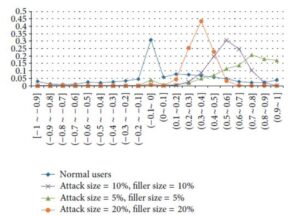Unlock the potential of cosine distribution as an alternative to normal distribution, simplifying complex algebraic manipulations with ease. Experience greater convenience in evaluating expressions involving products or powers of probability density functions and their integrals. Rest assured, numerical interpretations remain consistent, harnessing the power of trigonometric tables [1[.
While not an exact fit, cosine distribution offers a platykurtic comparison to the normal distribution, providing reasonable approximations for various scenarios. Witness how a single-period-shifted cosine function, when normalized, can approximate a normal probability distribution within ± 2.5 standard deviations, boasting an impressive accuracy of about ±0.02. The cosine distribution can transform the way you handle algebraic complexities [2].
Cosine distributions are used for a diverse range of applications such as atomic sputtering, antenna design, psychological investigations [1], and semiconductor manufacturing.
Cosine Distribution PDF
The probability density function (PDF) for the cosine distribution is [2]:
Cosine PDF(x) = 1/(2 * π) * (1 + cos(x)).

References
Cosine graph created with Desmos.
Image: Min Gao, Bin Ling, Quan Yuan, Qingyu Xiong, and Linda Yang, CC BY 3.0 <https://creativecommons.org/licenses/by/3.0>, via Wikimedia Commons
[1] Raab, D. & Green, E. (1961). A cosine approximation to the normal distribution. Psychometrika, Vol. 26, No. 4. Retrieved December 19, 2021 from: https://link.springer.com/content/pdf/10.1007/BF02289774.pdf
[2] Warsza, Z. & Korczynski, J. (2010). Shifted up cosine function as unconventional model of probability distribution. Journal of Automation, Mobile Robotics & Intelligent Systems. Volume 4, No.1.
[3] Scipy.stats.cosine. Retrieved December 19, 2021 from: https://het.as.utexas.edu/HET/Software/Scipy/generated/scipy.stats.cosine.html